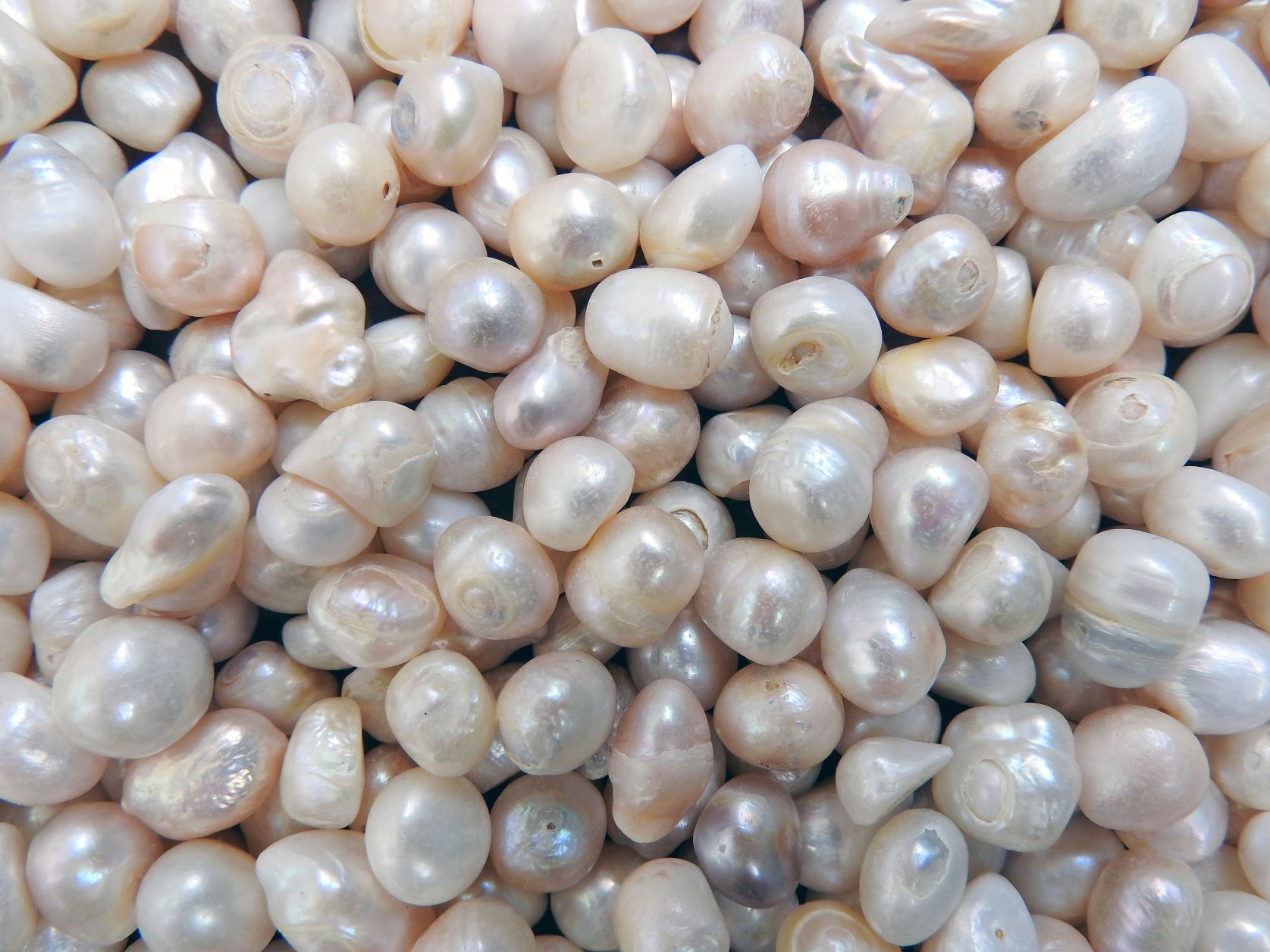
Pearls have always fascinated humans with their natural beauty and allure. These exquisite gemstones, formed inside the shells of certain mollusks, have been highly valued throughout history for their shimmering luster and unique qualities. Whether you wear them as jewelry or simply appreciate their elegance, pearls have a rich and fascinating history that is worth exploring. In this article, we will delve into 10 interesting facts about pearls that will deepen your understanding and appreciation for these enchanting treasures. From their symbolism in various cultures to their diverse colors and sizes, pearls have captivated people across civilizations and continue to be a symbol of luxury and sophistication. So, sit back and discover the world of pearls as we unravel their intriguing secrets.
Key Takeaways:
- Pearls are formed inside living creatures, not mined from the earth, making them unique and fascinating gemstones with a natural origin.
- Pearls come in various colors, shapes, and sizes, each adding to their charm and individuality, making them a symbol of purity and elegance throughout history.
Pearls are the only gems found inside living creatures.
Unlike other gemstones that are mined from the earth, pearls are formed inside various species of oysters and mussels. It is a fascinating process that occurs when an irritant, such as a grain of sand, enters the shell of the mollusk. The oyster or mussel then secretes layers of nacre around the irritant, eventually forming a pearl.
Pearls come in a variety of colors.
While white pearls are the most well-known, pearls can actually be found in a wide range of colors, including black, pink, blue, and even lavender. The color of a pearl is influenced by various factors such as the type of mollusk, the water conditions, and the presence of other elements during the formation process.
Not all pearls are perfectly round.
Contrary to popular belief, not all pearls are perfectly spherical. Pearls come in different shapes, including round, oval, drop-shaped, and even baroque, which refers to irregularly shaped pearls. Each unique shape adds to the charm and individuality of the pearl.
Pearls are measured in millimeters.
Pearls are typically measured in millimeters, with the size ranging from as small as 1mm to as large as 20mm or more. The size of a pearl greatly affects its value, with larger pearls being more rare and expensive.
The iridescence of pearls is called “orient”.
One of the unique characteristics of pearls is their iridescence, commonly referred to as “orient. When light hits the surface of a pearl, it reflects and refracts, giving it a lustrous and almost magical glow.
Pearls have been recognized as a symbol of purity and elegance for centuries.
Throughout history, pearls have been associated with femininity, purity, and elegance. They have been worn by royalty and adorned by women around the world as a symbol of beauty and status.
Not all pearls are naturally formed.
While natural pearls are highly prized, the majority of pearls on the market today are cultured pearls. Cultured pearls are created through a process called pearl farming, where humans insert an irritant into the mollusk to stimulate pearl production.
Freshwater pearls are different from saltwater pearls.
There are two main types of pearls: freshwater pearls and saltwater pearls. Freshwater pearls are formed in lakes and rivers, primarily in China, while saltwater pearls are found in oceans and seas. Each type has its own unique characteristics.
Pearls are the birthstone for the month of June.
If you were born in June, consider yourself lucky, as pearls are your birthstone. As the only gemstone formed inside a living creature, pearls represent purity, innocence, and new beginnings.
Pearls have been used in traditional medicine.
Throughout history, pearls have been used in traditional medicine to treat various ailments. They were believed to have healing properties and were used to treat digestive issues, skin conditions, and even mental disorders.
Conclusion
In conclusion, pearls are not just beautiful gemstones but also hold a rich history and fascinating facts. From their natural formation in oysters to the centuries-old tradition of pearl diving, these gems have captivated people’s imagination for centuries. With their various colors, sizes, and shapes, pearls offer a wide range of options for jewelry enthusiasts. Their cultural significance and symbolism make them a popular choice for special occasions and timeless fashion accessories. Whether you wear them as a symbol of purity and elegance or as a fashion statement, pearls are sure to continue to enchant us with their timeless beauty for generations to come.
FAQs
1. How are pearls formed?
Pearls are formed when an irritant, such as a grain of sand or a piece of shell, enters an oyster or mollusk. The oyster then secretes layers of nacre around the irritant, forming a pearl over time.
2. Are all pearls white?
No, pearls come in a variety of colors, including white, cream, pink, blue, black, and even multi-colored. The color of a pearl depends on the type of oyster or mollusk that produces it and the environment in which it grows.
3. Are pearls expensive?
The value of a pearl depends on various factors such as its size, shape, color, luster, and surface quality. While some pearls can be very expensive, there are also affordable options available in the market.
4. How do you take care of pearls?
Pearls are delicate and require special care. Avoid exposing them to harsh chemicals, perfumes, or high temperatures. Clean them gently with a soft cloth and store them separately from other jewelry to prevent scratching.
5. Can pearls be synthetic?
Yes, pearls can be cultured or synthetic. Cultured pearls are formed when humans insert an irritant into an oyster or mollusk, mimicking the natural process. Synthetic pearls, on the other hand, are man-made using various materials.
Was this page helpful?
Our commitment to delivering trustworthy and engaging content is at the heart of what we do. Each fact on our site is contributed by real users like you, bringing a wealth of diverse insights and information. To ensure the highest standards of accuracy and reliability, our dedicated editors meticulously review each submission. This process guarantees that the facts we share are not only fascinating but also credible. Trust in our commitment to quality and authenticity as you explore and learn with us.


